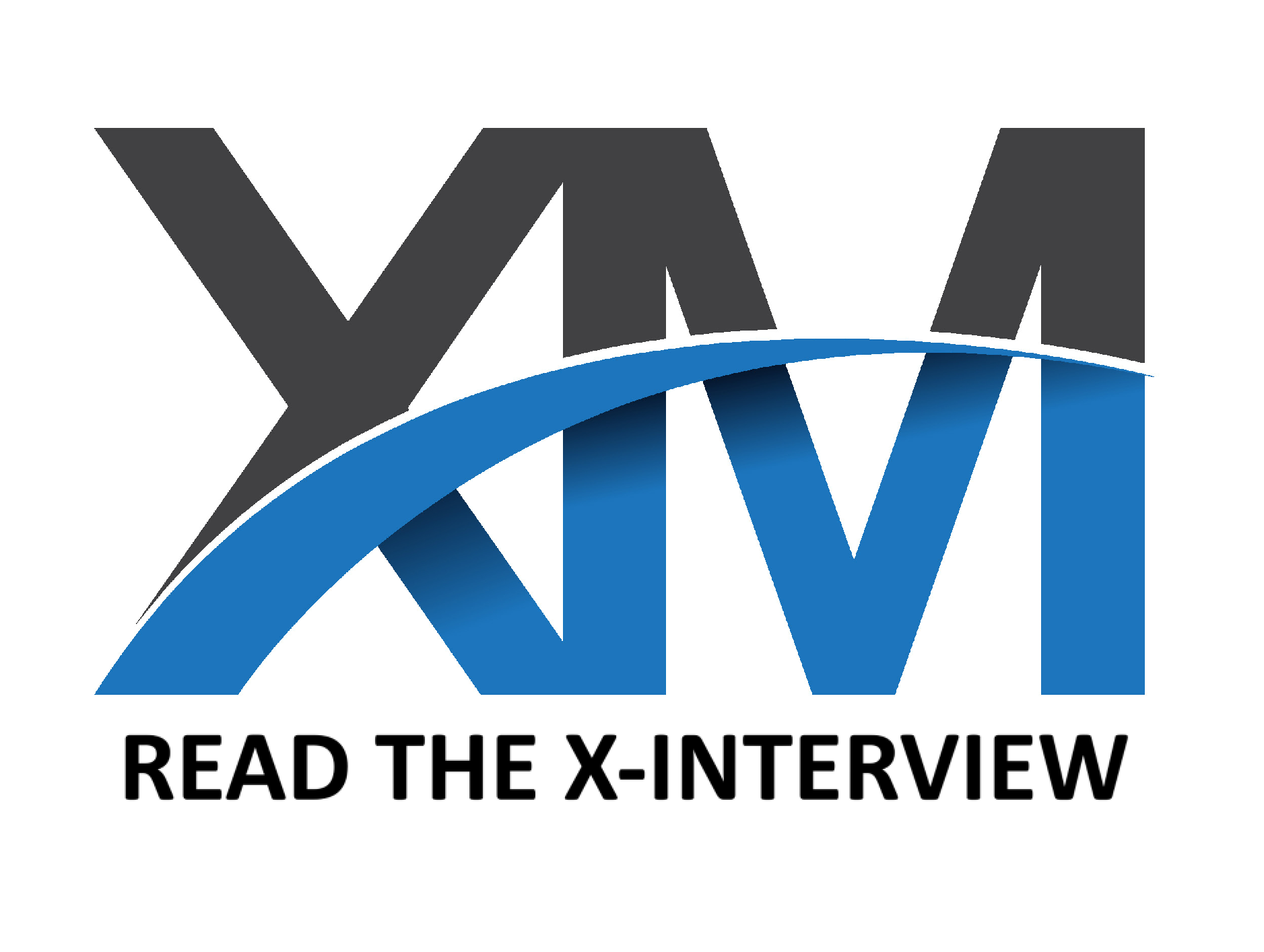master OF BRAND MAGIC
Tim Girvin has led an integrated design practice focused on fostering international collaborations and global brand development, helping organizations enter markets in the US, Europe, and Asia.
GIRVIN's collaborative "thinkshops" aim to boost business growth through balanced marketing and empowered design.
Their branding philosophy, inspired by the concept of fire and passion, seeks to create compelling narratives that resonate from leadership to the target audience.
GIRVIN uses interactive summits, brand interventions, and charrettes to invigorate teams in brand development, strategic planning, and storytelling. Their expertise includes storytelling, strategy, naming, identity, print systems, built environments, packaging, and integrated hybrid digital media.
“ Design is from the Latin word signum, which is to sign.”
This idea of magic for me is about transformation. It's really about how you take content and understanding from one level and then move it into a deeper level of awareness.
Design is from the Latin word signum, which is to sign, basically—but it links to signet, signal and signature—so there’s more to making a “sign.”
For example, if you look at this piece of paper here, I'm in this library right now and there's a piece of paper here next to me and really, it's kind of an undefined entity.
Tim Girvin illustrates how brands “transform” the perception of ordinary objects. (2-minutes)
“ This center point of the axis of the crossroad. That is where the magic is.”
There's another aspect of the “X” that's particularly interesting, and I'm sure many of our readers know, there's this song called Cross Road Blues, which was written originally by Robert Johnson, a Mississippi Blues guitarist and Blues musician and then later interpreted by the band Cream as Crossroads and it really refers to this this basic symbol, the “X” as a point of a crossroads, meaning that “as I come to the crossroads, I have to make a decision, I have to figure out where I'm going.”
This center point of the axis of the crossroad. That is where the magic is. That's where the quest begins. That's where the question occurs. “Where do I go? What do I do?”
And if you think about it dimensionally, X becomes not only a flat object, but then it becomes a spherical index, with vertical indices of different dimensional ways of thinking about what that portal is.
So, it's an interesting character for you to choose as your X-Mentor allegory.
It’s magical.
“ If you think about the soul of something, it’s really about what is the journey.”
I think that “soul” is another one of those ancient words. It's a Proto-Germanic linguistic root “seula,” which means sea, and implies a journey.
If you think about the soul of something, it’s really about what is the journey.
When I try to connect with modern businesses that are involved with high-level product output or smaller startup brands, I'm really trying to see into the leadership and their position as to what is the emotional core of the story and how does that relate to a journey? A business journey? A personal journey? Or the intertwinement of both?
That's kind of what I try to get to with the businesses that I listen to and try to interpret. What is that journey? What is the passion of the journey? What is the pain, the joy, the love? All those connections which become very psychic and emotional characteristics.
And so, some of those again like the early allegory, the biology research, they're trying to get deeper and deeper and deeper into discovery.
“and that is ux!”
I was working with Nordstrom on a lot of the early campaigns that I did as a focus on broadly integrated deployment, I would go and participate in the opening night of the campaigns, and it was very interesting to see how people reacted to things.
What I noticed was that people— sure they get the big spectacle, but they're also down to the smaller moments, tiny tiers of experience that they have.
You know, something, in the momentary, something very close at hand, a moment that is touchable; it’s intimate.
So, we realized that we need to think about the big store experience, the entry, the shopping bags, the packaging. But we also need to be thinking about merchandising and all of these other ways in which customers come in and experience those detailed nuances. So that was extremely valuable for me.
And that is UX!


